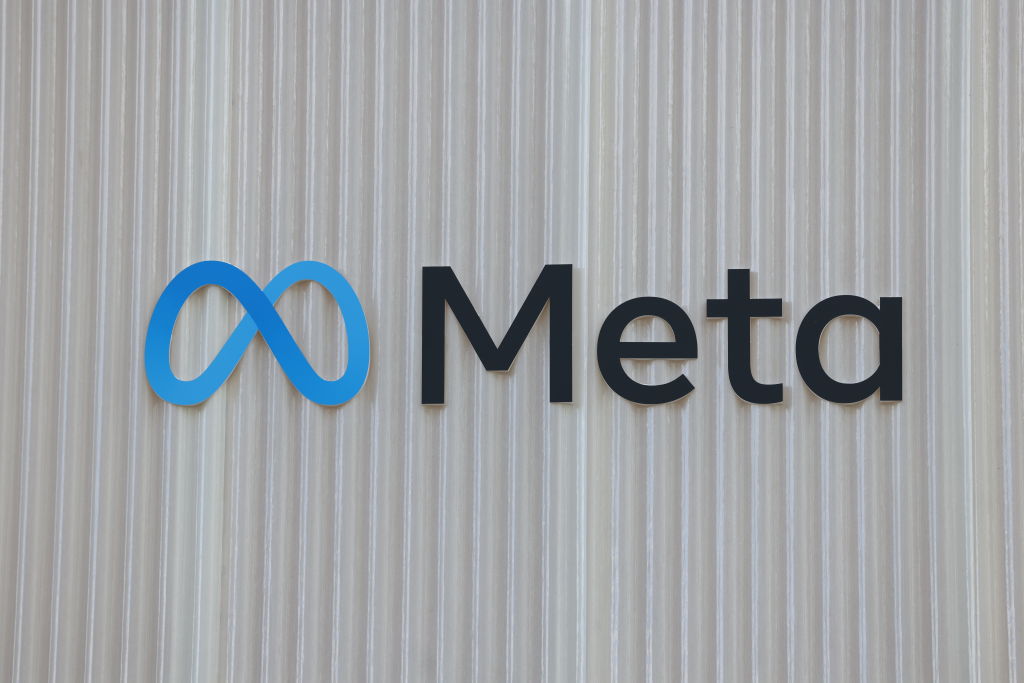President Donald Trump is poised to introduce the AI Action Plan, a comprehensive strategy aimed at redefining the United States’ approach to artificial intelligence (AI). This initiative marks a significant departure from previous policies, emphasizing rapid development, deregulation, and global competitiveness.
Background and Policy Shift
Upon assuming office in January 2025, President Trump swiftly rescinded the AI executive order established by the prior administration. The previous order had imposed stringent safety and transparency requirements on AI developers, which the current administration viewed as potential obstacles to innovation. In contrast, the forthcoming AI Action Plan advocates for a more laissez-faire approach, aiming to accelerate AI advancements by reducing regulatory constraints. ([business-standard.com](https://www.business-standard.com/world-news/donald-trump-pushes-to-make-us-an-ai-superpower-with-fewer-guardrails-125012200204_1.html?utm_source=openai))
Key Pillars of the AI Action Plan
The AI Action Plan is structured around three primary pillars: infrastructure enhancement, innovation promotion, and global influence.
1. Infrastructure Enhancement: The plan proposes streamlining the permitting processes for data centers and modernizing the energy grid to support the substantial power requirements of AI technologies. This initiative aligns with the administration’s broader energy strategy, which includes tapping into domestic energy sources such as gas, coal, and nuclear power. ([timesunion.com](https://www.timesunion.com/news/politics/article/from-tech-podcasts-to-policy-trump-s-new-ai-plan-20781631.php?utm_source=openai))
2. Innovation Promotion: By reducing regulatory barriers, the plan seeks to foster the development of open-weight AI models. It also discourages international restrictions that could impede U.S. competitiveness, thereby encouraging a more dynamic and flexible AI development environment. ([time.com](https://time.com/7304389/trump-ai-action-plan/?utm_source=openai))
3. Global Influence: The plan emphasizes promoting American AI models on the global stage to counter the rising influence of Chinese AI technologies. This strategic move aims to solidify the United States’ position as a leader in the AI sector. ([time.com](https://time.com/7304389/trump-ai-action-plan/?utm_source=openai))
Industry Collaboration and Initiatives
The administration has actively collaborated with industry leaders to bolster AI infrastructure. Notably, President Trump announced a joint venture involving SoftBank Group Corp., OpenAI, and Oracle Corp., which plans to invest up to $500 billion in AI infrastructure by 2029. This venture, known as the Stargate Project, aims to build data centers and physical campuses, creating over 100,000 jobs in the United States. ([en.wikipedia.org](https://en.wikipedia.org/wiki/Stargate_LLC?utm_source=openai))
Regulatory Revisions and Deregulation Efforts
In line with the AI Action Plan, the administration has taken steps to revise existing regulations that may hinder AI development. This includes rescinding previous policies that imposed compliance burdens on AI companies and potentially exposed corporate trade secrets. The new approach favors industry-led development over government oversight, aiming to create a more conducive environment for innovation. ([theaitrack.com](https://theaitrack.com/trump-ends-biden-ai-roadmap/?utm_source=openai))
Environmental and Social Considerations
The rapid expansion of AI infrastructure has raised concerns among environmental and civil society groups. The construction of large, power-intensive data centers could lead to increased utility costs and reduced access to drinking water. In response, over 90 organizations have called for a People’s AI Action Plan that prioritizes labor rights, environmental protections, and public safety. ([apnews.com](https://apnews.com/article/216bfdadff5877673d80c7fea09aa520?utm_source=openai))
Addressing Woke AI and Cultural Concerns
The administration has also addressed cultural concerns related to AI development. David Sacks, the administration’s AI advisor, has criticized what he terms woke AI, referring to perceived political biases in AI tools. The AI Action Plan includes measures to ensure that AI development remains free from ideological biases, aligning with the administration’s commitment to free speech and minimal federal intervention. ([apnews.com](https://apnews.com/article/216bfdadff5877673d80c7fea09aa520?utm_source=openai))
Conclusion
President Trump’s AI Action Plan represents a significant shift in the United States’ approach to artificial intelligence. By focusing on deregulation, infrastructure enhancement, and global competitiveness, the administration aims to position the U.S. as a dominant force in the AI sector. However, this aggressive push has sparked debates over the balance between rapid innovation and the need for safeguards to protect public interests.



